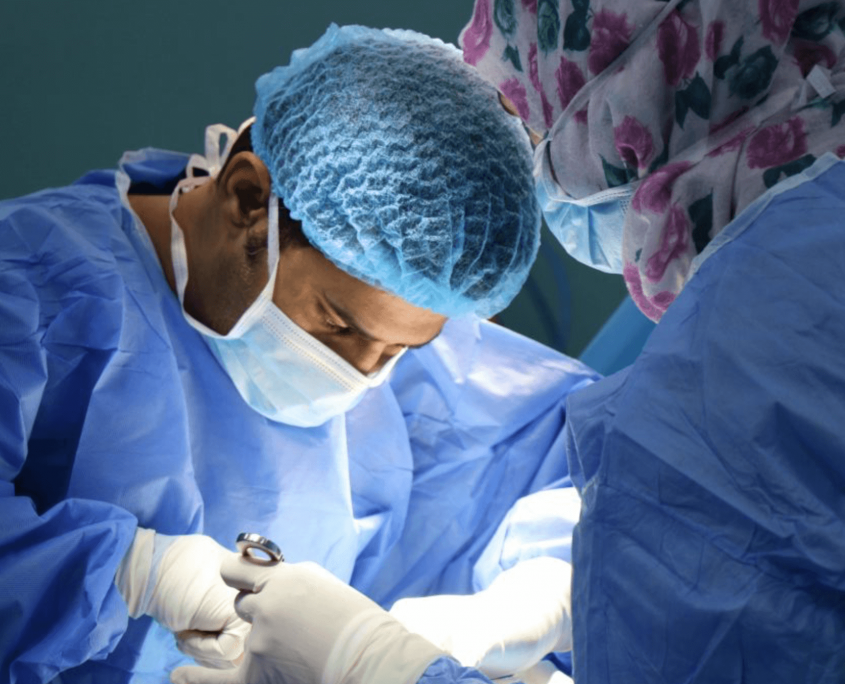By Dr Ian Baxter
People have explored and have tried many different options of weight loss. In short there are a growing number of products that have been marketed for weight loss, the Orbera Balloon, the Endosleeve and the EndoBarrier and some newer procedures that have been noted on the internet. We will look at these one by one.
Orbera Gastric Balloon
- The Orbera Gastric Balloon or non-surgical gastric balloon. This is a system that has been available for a number of years. The idea of the product is that it is placed using an endoscope under twilight sedation and a balloon is placed into the stomach and then gradually inflated up to some 600mL. This creates a sense of fullness I the stomach, you cannot have a large meal because the balloon inside the stomach prevents you from eating large meals.

The device has been trialled. Some of the drawbacks are that it can be quite unsafe given twilight sedation and placing a balloon into the stomach in an obese patient with a difficult airway. Secondly the balloon cannot be left there indefinitely and most of the studies are between 3 and 6 months and there are no reported studies over a year. Once the balloon is removed the idea is that patient has changed their eating behaviour but more often than not once the balloon is removed that space that was occupied in the stomach has now disappeared and patients start eating again and weight gain occurs.
It is not covered by Medicare or health funds and there is a very good reason for this as there is no research that shows that there is a lasting benefit with the procedure. The Orbera Balloon is available for patients. The cost varies but it is around $5000 Australian and it has not really gained in popularity because of the above problems.


